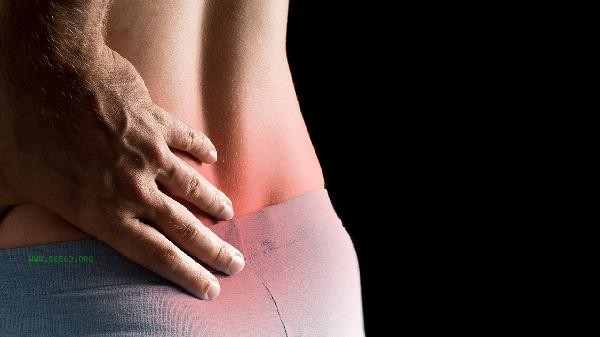Abdominal circumference and waist circumference are indicators for measuring the circumference of different parts of the human body. Abdominal circumference usually refers to the circumference of the abdomen at the level of the navel, while waist circumference refers to the circumference of the narrowest part between the lower edge of the ribs and the upper edge of the iliac crest.

Abdominal circumference measurement is taken at the level of the navel around the abdomen, reflecting the accumulation of abdominal fat, especially for evaluating visceral fat content. Excessive visceral fat is closely related to metabolic syndrome and cardiovascular disease risk. When measuring, it is necessary to stand naturally and use a soft tape to tightly adhere to the skin without compressing soft tissues at the end of exhalation. Abnormal increase in abdominal circumference may indicate problems such as ascites, visceral organ enlargement, or obesity. The waist circumference measurement is taken at the midpoint level between the lowest edge of the ribs and the upper edge of the ilium, mainly to evaluate the distribution of subcutaneous fat. The World Health Organization recommends using this as a criterion for determining central obesity. When measuring, it is necessary to stand upright and relax, and use a soft tape to horizontally wrap around the torso at the end of exhalation. Asian men with waist circumference over 90 cm and women with waist circumference over 80 cm are central obesity, which is significantly related to the risk of diabetes and hypertension. Regular monitoring of these two indicators is of great significance for health management. Suggest combining body mass index and body fat percentage to comprehensively evaluate body shape status, and selecting the same time period for measurement to reduce errors. If abnormal numerical growth is detected, dietary structure should be adjusted in a timely manner, refined carbohydrates and saturated fat intake should be controlled, and aerobic exercise and core muscle training should be increased. Those who have long-term values exceeding the standard need to seek medical treatment to rule out pathological factors and avoid using extreme weight loss methods on their own.










Comments (0)
Leave a Comment
No comments yet
Be the first to share your thoughts!